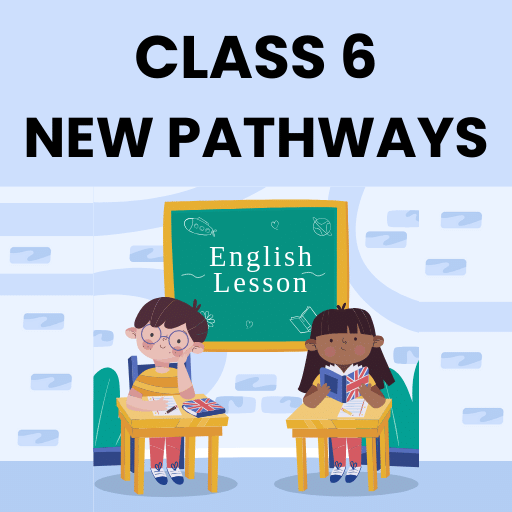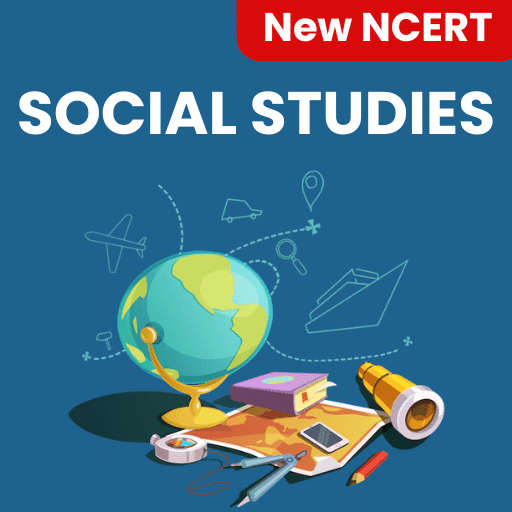Traders, Kings and Pilgrims Class 6 Worksheet History
Q. Fill in the blanks.
(i) Puhar was an important port on the________________.
(ii) Around 200 years later a dynasty known as the Satavahanas became powerful in____________________.
(iii) South India was famous for _______, _________ and _______________.
(iv) Fa Xian began his journey back home from ______________.
(v) Statues of the Buddha were made in ____________ and ____________.
(vi) About 2000 years ago, wearing _______ became the fashion amongst rulers and rich people in Rome.
Q.2. Where was Jesus Christ born?
Q.3. What is Buddhacharita?
Q.4. Where can evidences of trade be found?
Q.5. What was the most valued export commodity to the Roman Empire from India?
Q.6. Which form of Buddhism was popular in South-Eastern countries?
Q.7. Where we find discussions between Krishna and Arjuna?
Q.8. In which sacred book the idea of bhakti presented?
Q.9. Name the most important ruler of the Satavahanas.
Q.10. What were items given by chiefs to the poets as rewards?
Q.11. Where is the site of Eran located?
Q.12. Which was the capital kingdom of Pandyas?
Q.13. Which port was under the cholas?
Q.14. Which Kushana ruler organized a Buddhist council?
Q.15. Which is the oldest form of Buddhism?
Q.16. Name the three chiefs mentioned in Sangam poems.
Q.17. Where the philosophy of the Bodhisattvas was most popular?
Q.18. From which word the term Bhakti has been derived.
Q.19. What was South India famous for?
Q.20. Name the three powerful ruling families of South India.
Q.21. Name the ruler who controlled silk route effectively.
Q.22. State True (T) or false (F).
(i) Amongst the river valleys, that of the Kaveri is the most fertile. ________
(ii) Only rich, belonging to the so-called ‘high’ castes, man could follow the path of Bhakti. _________
(iii) Nalanda, (Bihar) was the most famous Buddhist monastery of the period. ________
(iv) Muvendar is a Sanskrit word meaning three chiefs. _________
(v) Sometimes, Chinese rulers sent gifts of silk to rulers in Iran and west Asia. _________
(vi) Satavahanas became powerful in eastern India. __________
(vii) At Taxila a new form of Buddhist art influenced by the Greek style was developed. __________
You can access the solutions to this worksheet here.
|
69 videos|386 docs|80 tests
|
FAQs on Traders, Kings and Pilgrims Class 6 Worksheet History
| 1. What were the major trade routes during the time period discussed in the article? |  |
| 2. How did the trade routes impact the economies of the kingdoms and empires mentioned in the article? |  |
| 3. What were some of the challenges faced by the traders during their journeys along the trade routes? |  |
| 4. How did the kingdoms and empires mentioned in the article benefit from the pilgrimage routes? |  |
| 5. How did the trade and pilgrimage routes contribute to cultural exchange and the spread of knowledge? |  |
































